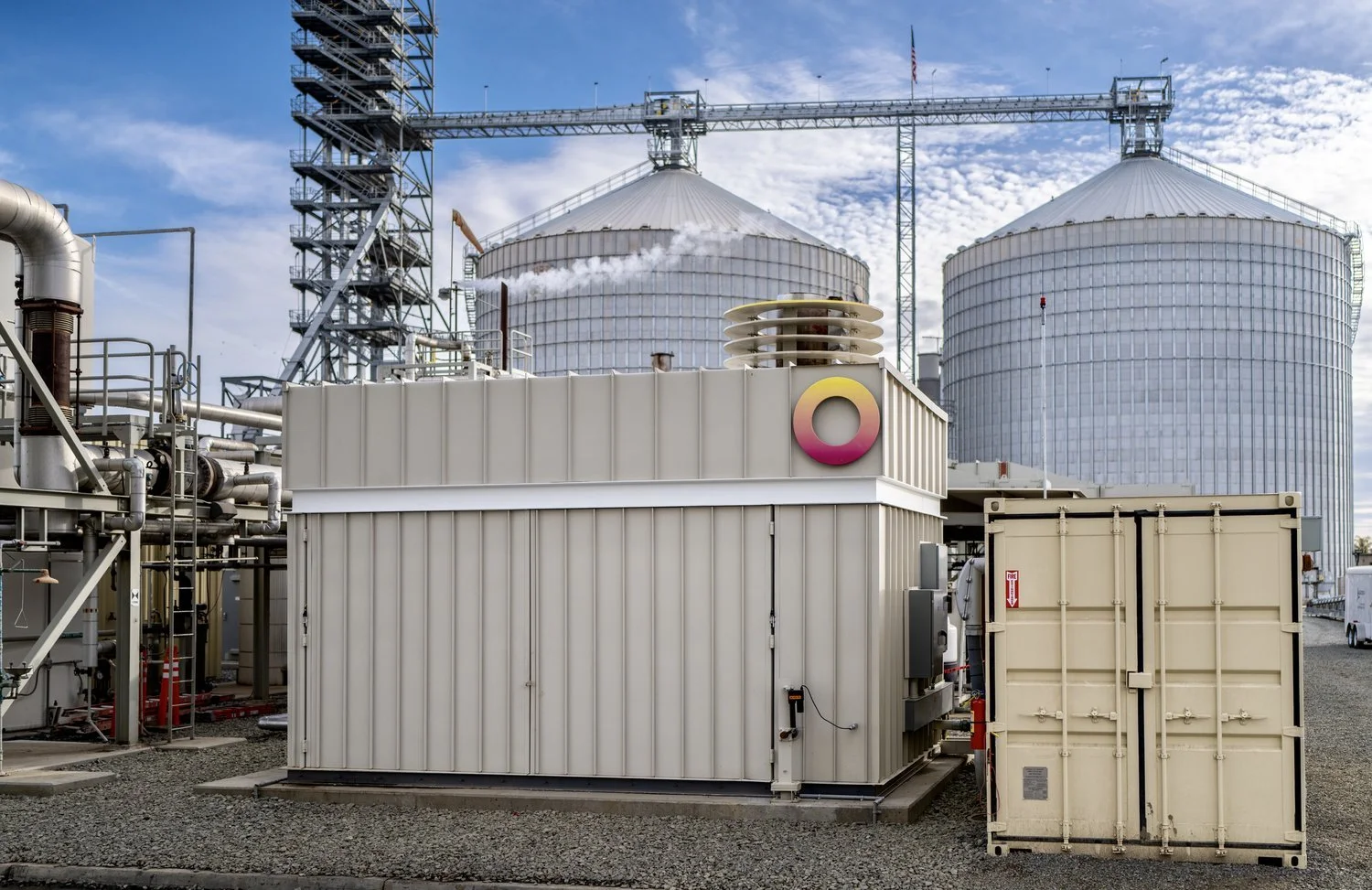Power-to-Heat
image: Rondo Energy
Arder Energy specializes in advanced Power-to-Heat solutions, transforming cheap, intermittent electricity into abundant, affordable, and clean industrial steam We empower clients to boost competitiveness and meet decarbonization targets.
Power-to-Heat: Transforming Industrial Energy Supply
The Challenge: Industrial clients often ask: "Why convert electricity, a premium energy source, into heat?"
The Answer: Because rapidly changing power markets and advanced technologies like Electro-Thermal Energy Storage (ETES) can make electrification the most cost-effective and low-emission heat supply option for industrial processes. The key lies in strategic site selection, application matching, and smart contractual arrangements.
Why Electrify Industrial Heat?
Steam is vital across industries, from in-situ oil sands to refining to pulp & paper to food manufacturing. While using electricity for steam may seem counterintuitive, two critical trends make it essential:
Abundant, Low-Cost Electricity: The massive growth of wind and solar power is driving down electricity prices, often to zero or even negative, creating unprecedented opportunities to secure cheap energy for flexible, dispatchable demand.
Decarbonization Imperative: Power-to-Heat offers a pathway to significantly reduce Scope 1 emissions, aligning with growing environmental commitments and regulatory requirements.
Heat Batteries: Electro-Thermal Energy Storage (ETES)
Our focus is on industrial steam solutions powered by Electro-Thermal Energy Storage (ETES). This "heat battery" system uses intermittent electricity—when it's cheapest and cleanest—to provide continuous, 24/7 steam.
We work with Rondo Energy’s Heat Battery (RHB) technology, renowned for its:
Simplicity: Operates like a giant toaster, heating bricks via electric resistance for circulation through a Heat Recovery Steam Generator (HRSG) or Once Through Steam Generator (OTSG) to produce steam.
Flexibility: Requires only 6-8 hours of charging per day, fully dispatchable, for continuous steam output.
Reliability: Using established components, with HRSGs / OTSGs matching gas-fired steam quality.
Cost-Effectiveness: Stores heat in low-cost refractory bricks (up to 1,500°C) at > 95% cycle efficiency.
Inherent Safety: No fire, thermal runaway or toxic release risks.
This innovative, yet elegantly simple, approach capitalizes on the new reality of variable power prices, making industrial steam electrification viable and economically beneficial.
Unlocking Client Value with ETES
Implementing ETES solutions with Arder Energy provides:
Low-Cost, Reliable Industrial Heat: Secure stable steam supply with optimized energy costs.
Zero Scope 1 Emissions: Achieve significant decarbonization for your heat production.
Enhanced Energy & Transmission Optimization: Capitalize on flexible electricity pricing.
Revenue Opportunities: Unlock value through emissions credits (e.g., TIER, CFR, LCFS).
Improved Competitiveness & Resilience: Future-proof your operations with sustainable, cost-efficient heat.
Your Partner in Feasibility & Implementation
Arder Energy supports clients in evaluating the economic and technical feasibility of integrating ETES solutions into their operations. We identify the most suitable sites, match them with optimal applications, and structure robust contractual arrangements to manage costs, risks, and benefits effectively.
Ready to explore how Power-to-Heat can transform your industrial operations?

